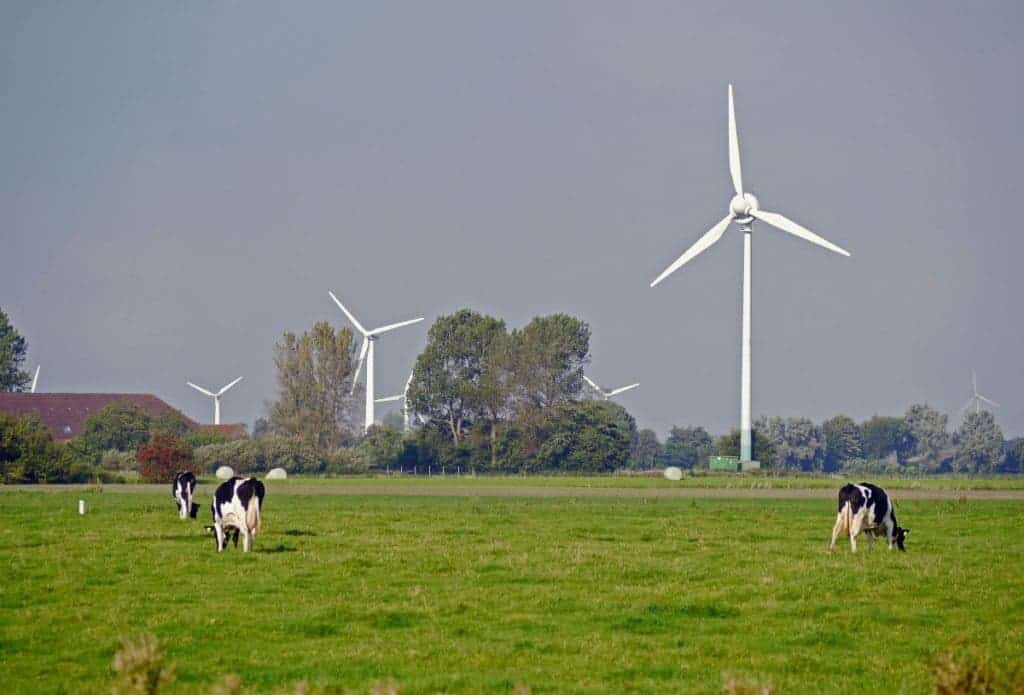In the year 2000, the European Union produced 12% of its energy from renewable sources. Now, that number has increased to over 30%.
Even if you don’t live in Europe, you’re probably aware of how strongly the EU has pushed renewable energy through policy. The EU’s Renewable energy directive sets a binding target of 20% for all individual countries, but overall, the Union has already reached and surpassed that goal. A new report published by think tanks Sandbag and Agora Energiewende show that last year, almost a third of all electricity in the EU came from renewables, and if current trends continue, the EU will generate 50% of its electricity from renewables by 2030.
Since hydropower was mostly maxed out on the continent, the vast majority of the growth is represented by solar and wind energy. Together with biomass, these renewable sources produced 20.9% of all electricity in the EU, surpassing the 20.6% produced by coal and 19.7% by natural gas. Hydropower provided an additional 10.9% in 2017. You could say that renewable sources have become the continent’s largest energy provider.
Impressively, much of this growth happened in 2017. The report reads:
“They rose by 12% in 2017 to 679 Terawatt hours, putting wind, solar and biomass above coal generation for the first time. This is incredible progress, considering just five years ago, coal generation was more than twice that of wind, solar and biomass.”
However, not everything is rosy in the European Union. For starters, the growth of renewables is highly uneven. While some eastern countries like Romania have exhibited significant progress in their renewable energy production, most of the progress was provided by two countries. Germany and the UK alone accounted for 56% of the EU’s overall growth in renewables in the past three years, greatly outpacing the other countries’ efforts. Furthermore, overall CO2 emissions have slightly increased, largely fueled by steel production and the fact that 2017 saw a decrease in nuclear power and low production from hydro (due to natural circumstances). The problem is that even though clean energy sources increased significantly in recent years, they didn’t grow fast enough to offset these changes.
The report concludes that in 2018, Europe will likely generate a third of its energy from renewables. Fossil fuels continue their steady decline, but it remains to be seen whether this decline will happen fast enough.
“The trend for fossil generation is clearly down, but the scale of the fall, and whether hard coal or gas falls most, are all yet to be determined. We make an optimistic forecast that fossil generation will fall by 16% in 2020. This assumes constant electricity consumption and an aggressive renewables build rate.”
Meanwhile, in the US, renewable energy amounts to 12.2 % of total primary energy consumption, with hydropower still remaining the largest producer of renewable electricity in the country. Wind and solar energy have also increased significantly in the US in recent years.










